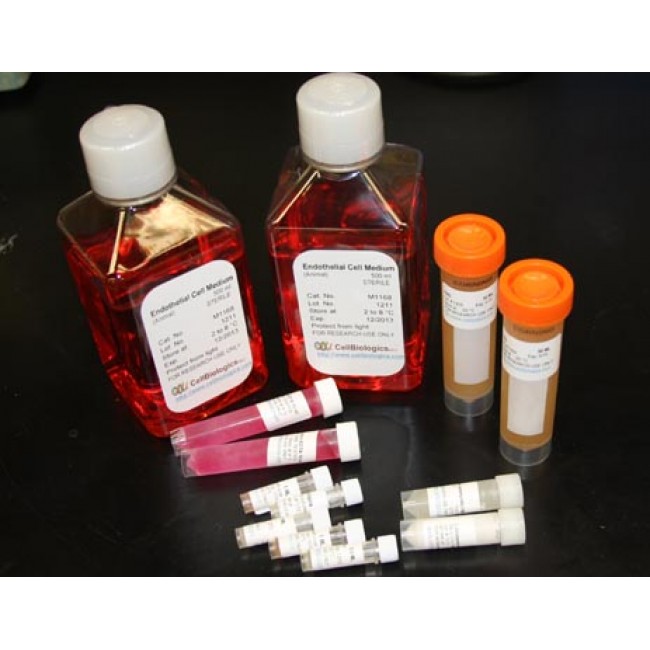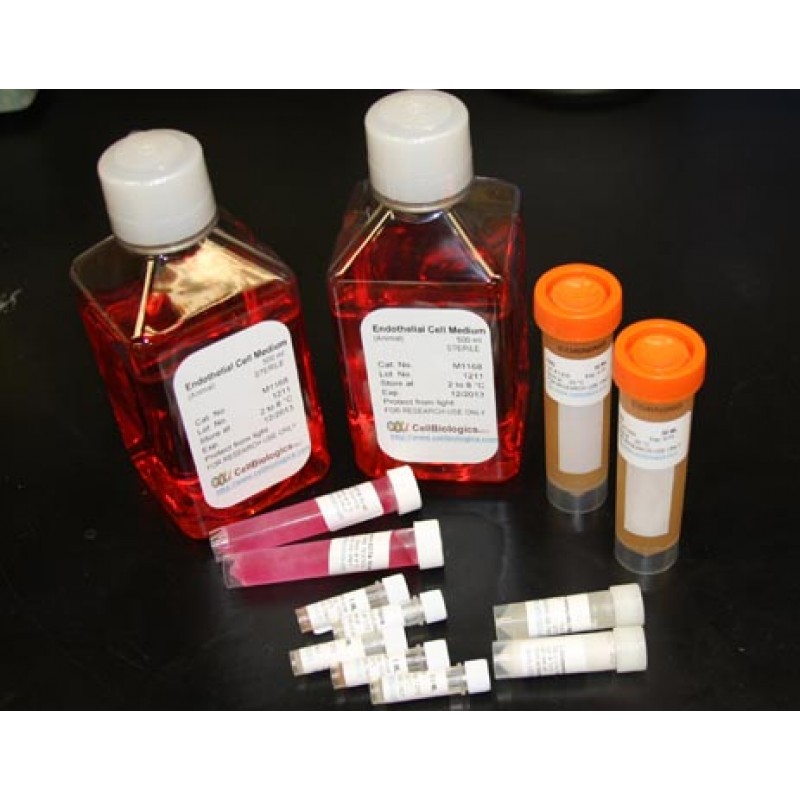Hepatocyte growth factor (HGF) is a multifunctional cytokine that was originally described as a mesenchymal-derived factor that regulates cell growth, cell motility, morphogenesis and angiogenesis through activation of its receptor, the transmembrane tyrosine kinase encoded by the c-Met proto-oncogene. HGF and c-Met are often co-expressed or over-expressed in a variety of human malignancies including glioblastoma and medullablastoma. The multifunctional effects of HGF: c-Met signaling in tumor cells are mediated by a network of signal transduction pathways including mitogen-activated protein kinase (MAPK) and phosphoinositide 3-kinase (PI3K). HGF consists of two subunits held by a disulfide bond. The alpha subunit (69 kDa) has a length of 440 amino acids and the beta subunit (34 kDa) has a length of 234 amino acids. The beta chain of the factor shows approximately 38% homology at the protein level to the serine protease domain of plasminogen. Recombinant HGF expressed in human 293 cells and has a molecular mass of 70 kDa, lower compared to the Molecular mass for this cytokine expressed in CHO cells which emphasizes the difference in post translational modifications.


